
views
Seasoning Your Pot
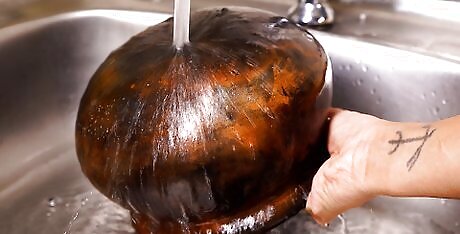
Wet the pot thoroughly under running water for a few seconds.
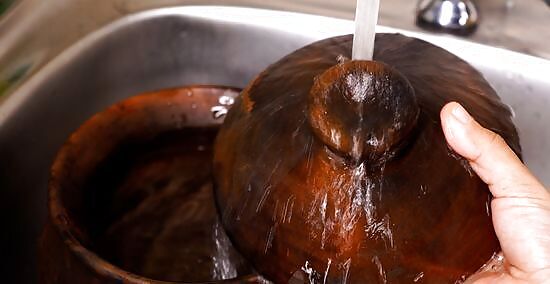
Wet the lid also in the same way.
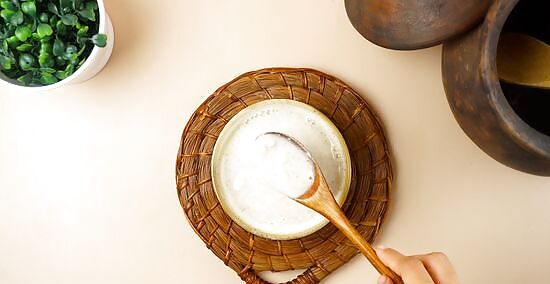
Fill the pot half way up with water and in a separate bowl take 1-2 cups of water and add 3 tablespoon (44.4 ml). of flour. Use any flour such as rice, wheat, tapioca, all-purpose etc. Using a few drops of cooking oil and turmeric is optional.
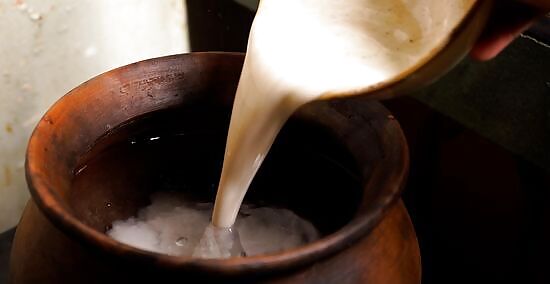
Stir this mixture thoroughly, add it to the pot. Stir and close the lid and let it cook until it thickens.
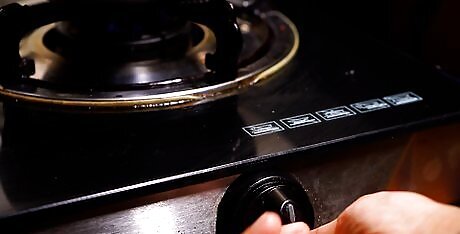
Turn the stove off and let it sit for a few hours or overnight.
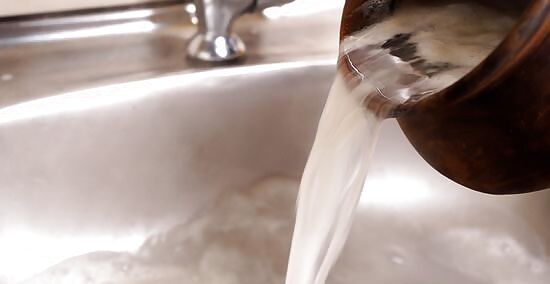
Pour the broth out (you can use it on multiple pots if you want). Rinse the pot thoroughly pat dry with a towel and start cooking!
Cooking on the Stove-top
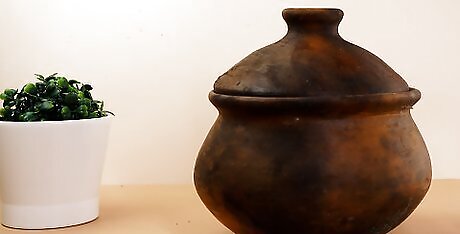
Make sure the pot is seasoned already.

Start on low. Let it stay at this heat for 5-10 minutes.
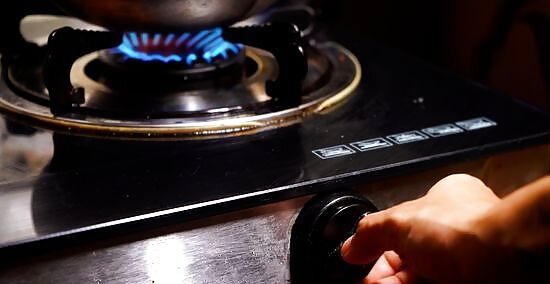
Increase temperature to medium. Unglazed pots hold all the heat given to them, so no heat is lost and there's no need to go past medium setting. While most brands recommend the use of a heat diffuser, with others a diffuser is not required when cooking on gas cook tops.
Cooking in the Oven
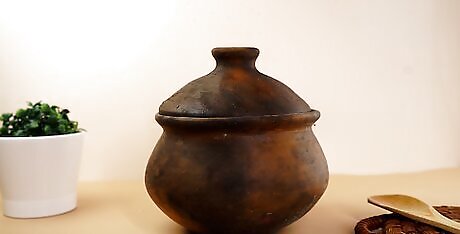
Make sure the pot is seasoned already.
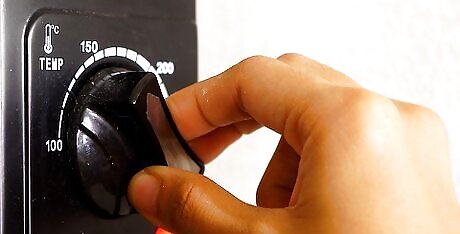
Start cooking in a cold oven or at 250 degrees Fahrenheit or 120 Celsius.
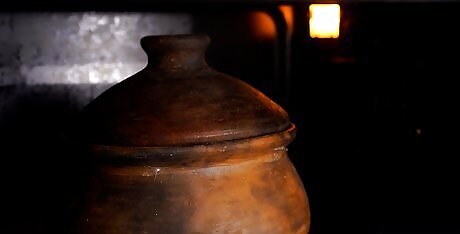
Increase to desired setting in about 10 minutes. You can go up to 450 to 500 degrees in the oven but you'll soon find out that the pot does not need as much heat to cook the same food. Most times food can cook at about 50 degrees or so less than the temperature setting called for on the recipe.
Care and Cleaning

Start with several back-to-back uses. After the seasoning process, use the pot a few times back-to back, i.e use it often at least 3 to 4 times. This helps the pot to shrink slightly and will prevent it from holding moisture.

If the pot needs to be put away sooner, just wash it, pat dry with a cotton towel and dry it in the oven at 250 degrees Fahrenheit or on the stove top for 10 minutes at the lowest setting. Once used a few times you may not have to dry it this way. It will dry on its own.
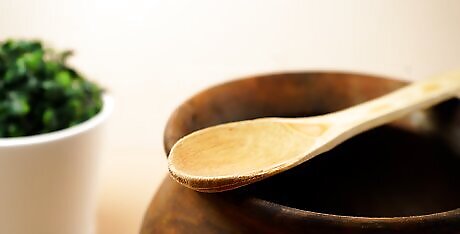
Use wooden spoons. They go well with the pots.

Clean them as needed. Unglazed pure clay pots become completely non-stick in a few uses so cleaning them is very easy. Also, since most of the steam rising from the food is locked inside, food seldom burns or sticks to the bottom. Using baking soda is recommended for cleaning: wet the pot and lid thoroughly with water, sprinkle 1/2 tsp of baking soda, scrub and rinse off. Dry the pot with a cotton towel/rag and put it away to dry.
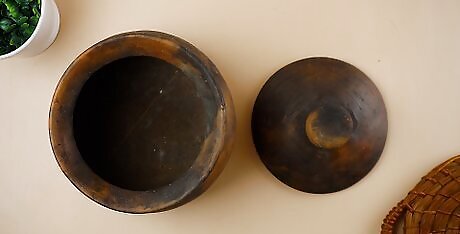
Store the pots with lid open in well ventilated areas.















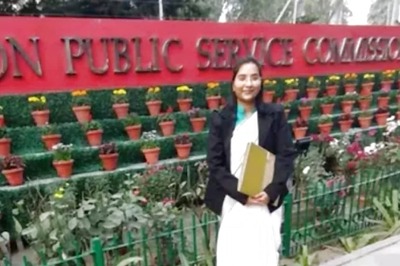



Comments
0 comment